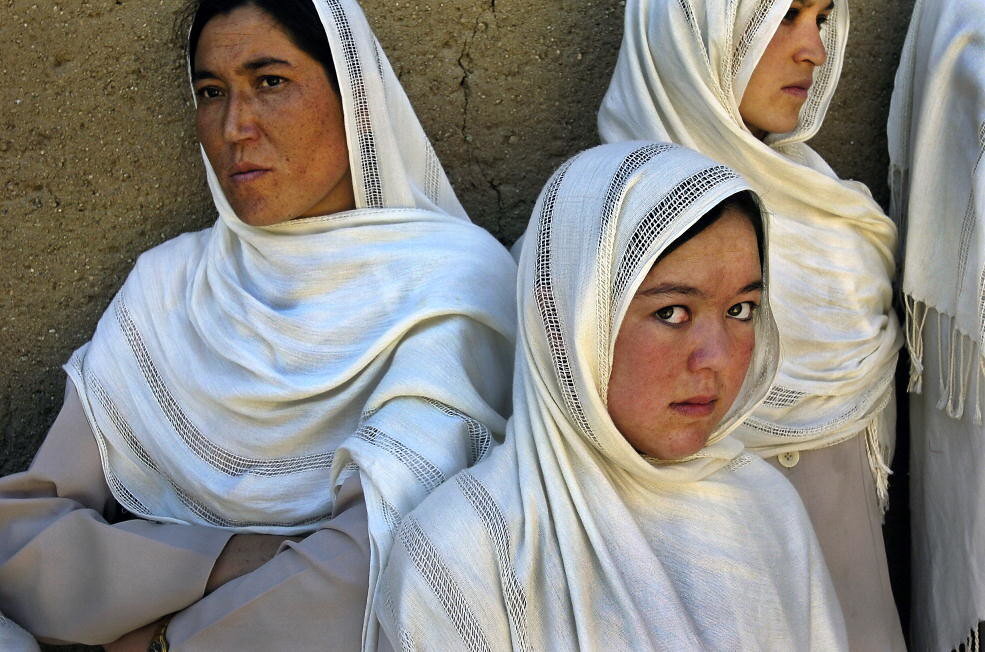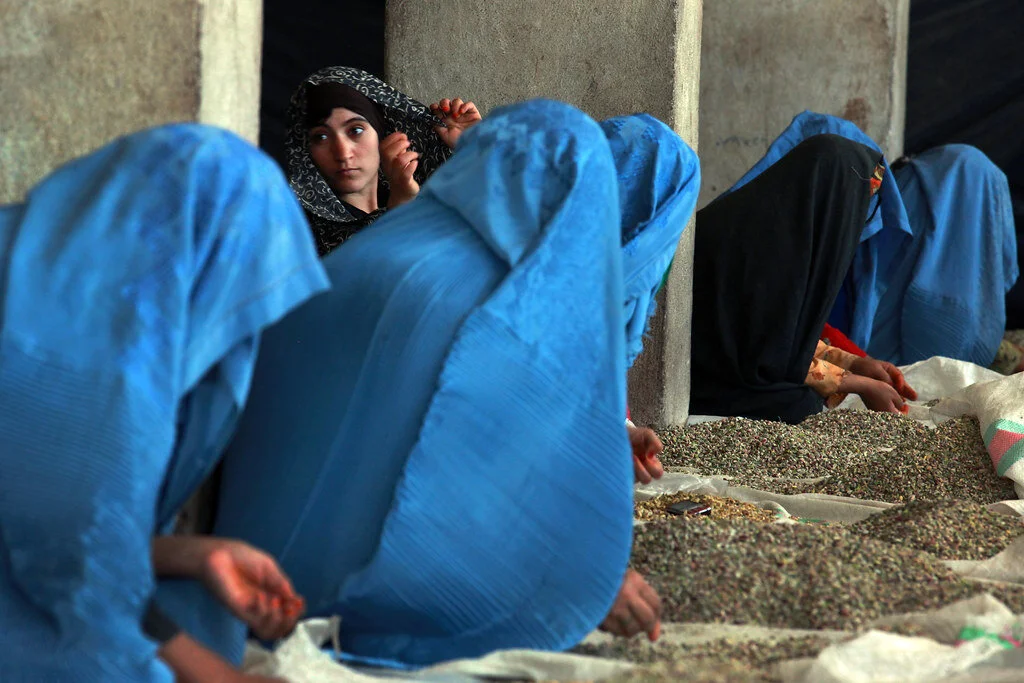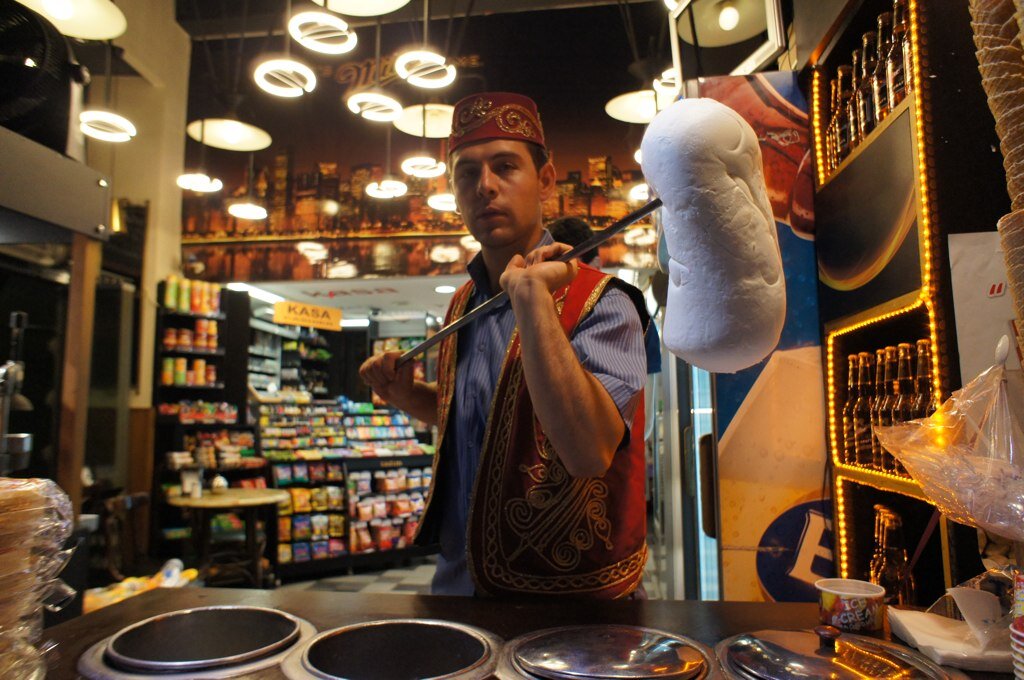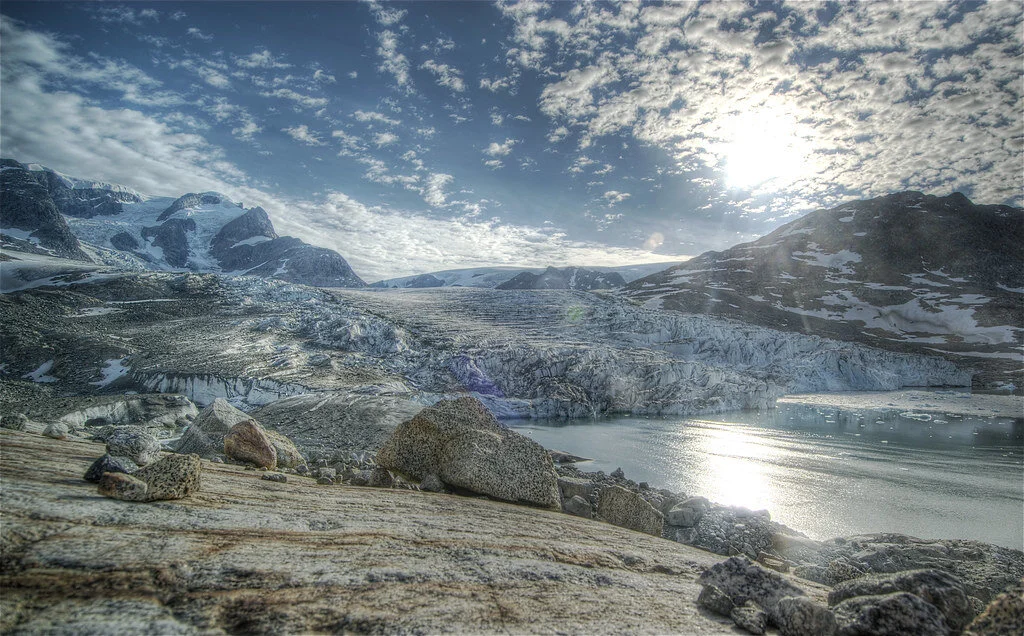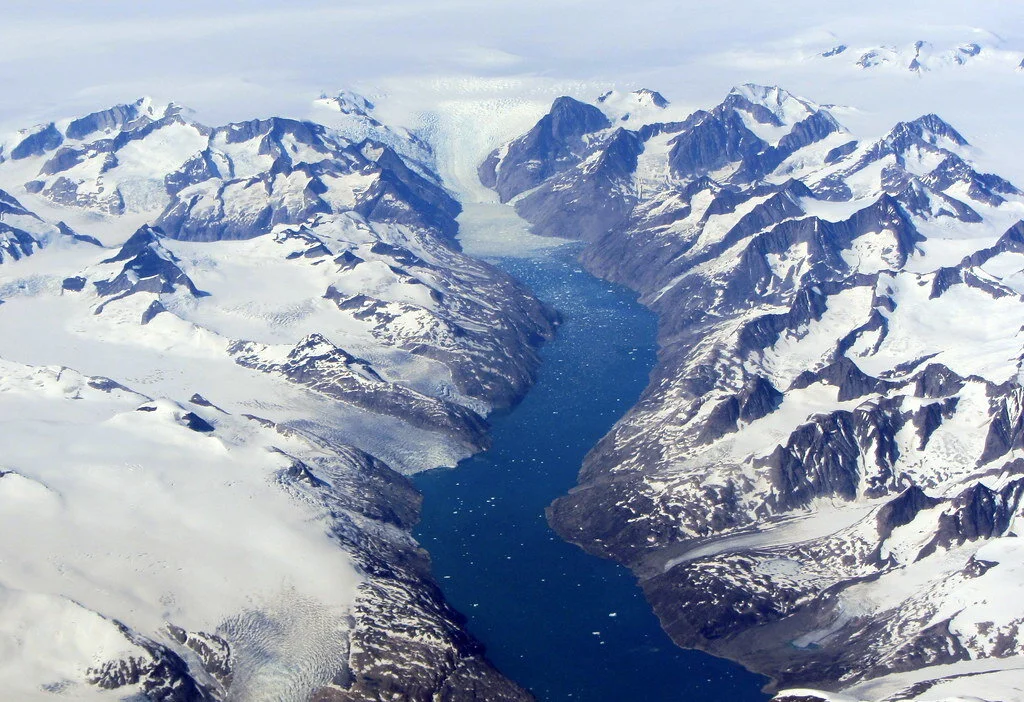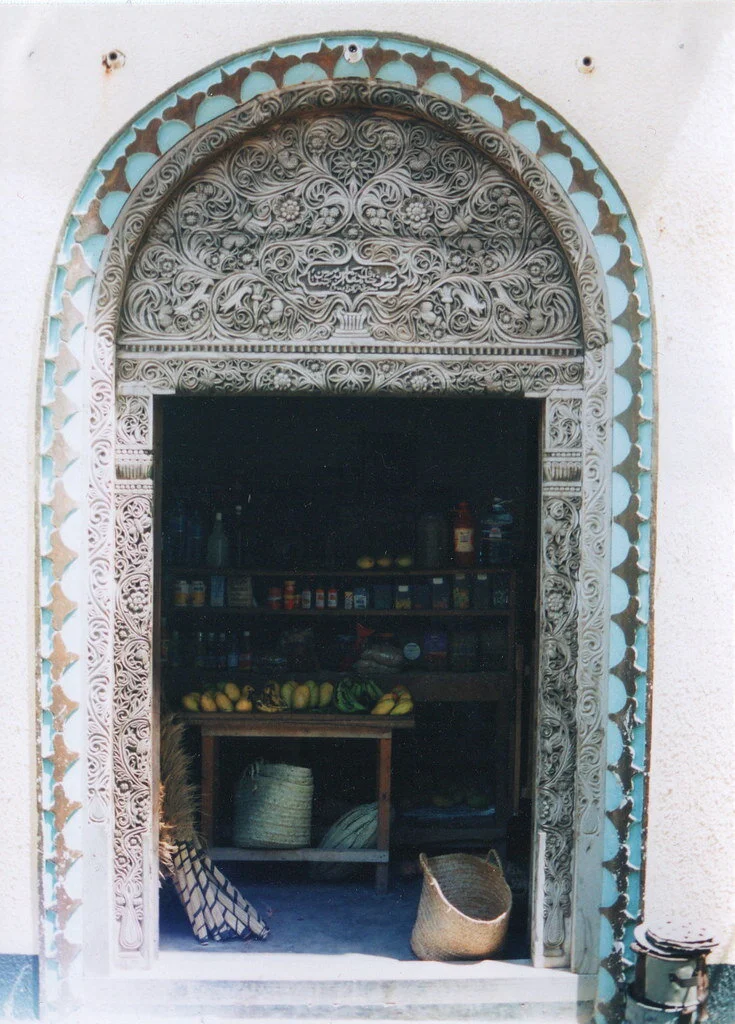This spiritual landmark represents the intersection between Buddhism and Shamanism within Mongolia.
Sunrise over a cluster of Yurts in Mongolia. Vince Gx. Unsplash.
The Mother Tree is a spiritual landmark located in Shaamar, Mongolia that holds deep significance to those who practice Shamanism. Also known as the Eej Mod, the tree is believed to act as a gateway between the human and spiritual worlds. Many make the trek to the tree in hopes of having their prayers answered.
Shamanism is a religious practice that is centered around a shaman, an individual believed to communicate with the souls of the dead and heal others. A large part of shamanistic practices revolve around one’s profound connection to the abstract and spiritual. Thus, the Mother Tree serves as a means to channel and amplify that energy.
While Buddhism is the most commonly practiced religion in Mongolia today, Shamanism is one of the oldest, and still holds deep cultural significance in modern times. Many of those who practice Shamanism believe that the Mother Tree became a gateway to the spiritual world after being struck by lightning. It is believed that the Mother Tree marks the intersection between modern Buddhism and traditional Shamanism, like many monuments and sites in Mongolia tend to do. Rather than ignore the past, Mongolian traditions preserve it.
Trees have a profound significance in the Shamanism tradition—Sacred Trees were often placed in the center of a Shaman’s house to allow their spirits to be freed from the body. This was believed to send a Shaman into a deep trance that would let them ascend in spirit flight, or spiritual ecstasy.
The original Mother Tree was surrounded by a yurt, and it was very common for visitors to leave incense sticks near the site. However, in 2015, one visitor lit an incense stick too close to the tree, causing it to catch fire. Only a stump of the original tree was salvaged. Today, this stump is still visited by many and covered in ceremonial blue scarves to signify honor and respect and is soaked with milk and vodka
Finding the Mother Tree is no easy feat; it is located off of a main road in Shaamar with nothing but a small sign that reads “Eej Mod” to guide visitors. The Tree is located a few kilometers along tracks which split from the main road, but most visitors end up traveling with locals to ensure that they find it. Every year, visitors from as far as Japan, Korea and China make the trek to the Mother Tree to experience its spiritual powers and have their prayers answered.
Zara Irshad
Zara is a third year Communication student at the University of California, San Diego. Her passion for journalism comes from her love of storytelling and desire to learn about others. In addition to writing at CATALYST, she is an Opinion Writer for the UCSD Guardian, which allows her to incorporate various perspectives into her work.





